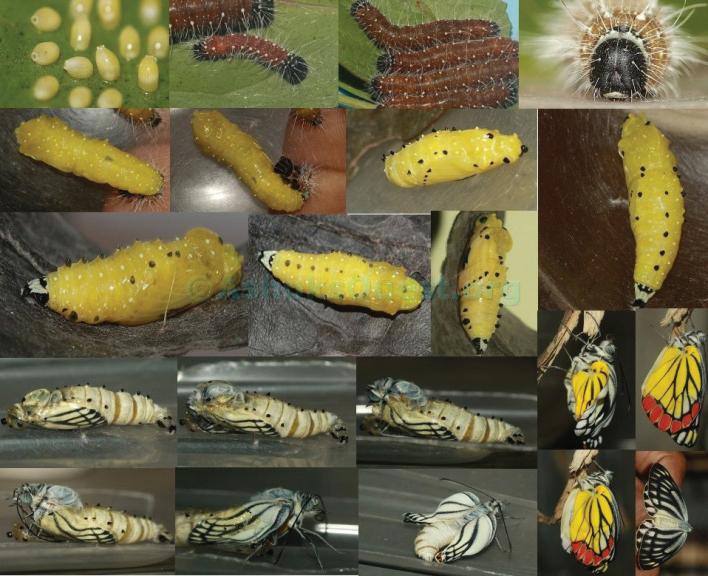ACTA UNIVERSITATIS SAPIENTIAE AGRICULTURE AND ENVIRONMENT, 13 (2021) 1–12 DOI: 10.2478/ausae-2021-0001
Effects of two bacterial inoculants and biostimulants on the growth performance of Amaranthus cruentus at different levels of spent-engine-oil-contaminated soil Adeniyi Olarewaju ADELEYE,*1,2 Mohammed Bello YERIMA,2 Michael Edet NKEREUWEM,3 Victor Odiamehi ONOKEBHAGBE,3 Ismaila Shina SADIQ,4 Florence Kemi AMOO,2 Madinat RAJI2 *1 Department of Environmental Sciences, Federal University Dutse, Nigeria e-mail: adeniyi.adeleye@fud.edu.ng; adeniyiadeleye80@gmail.com 2
Department of Microbiology and Biotechnology, Federal University Dutse, Nigeria e-mail: belyerima@gmail.com; amooflorence@gmail.com; madinat_raji@yahoo.com 3
Department of Soil Science, Federal University Dutse, Nigeria e-mail: michael.n@fud.edu.ng; victor.o@fud.edu.ng 4
Department of Chemistry, Federal University Dutse, Nigeria e-mail: shinasharon@yahoo.co.uk Manuscript received 25 December 2020; revised 22 January 2021; accepted 30 March 2021
Abstract. This study was conducted to assess the growth performance of Amaranthus cruentus on spent-engine-oil- (SEO) contaminated soil bioremediated with bacterial inoculants and processed biostimulants: compost, sole cocoa pod husk (CPH), and sole cow dung (CD). SEO with 5%, 10%, and 15% densities was artificially contaminated with sterilized soil. Subsequently, biostimulants and bacterial inoculants, Staphylococcus aureus and Bacillus cereus, were applied. The treatments were replicated three times, adopting a completely randomized design. After the biodegradation assay that lasted for 70 days, Amaranthus cruentus seeds were sown, while its growth parameters, plant height, number of leaves, and stem girth were monitored for 6 weeks after sowing (WAS). The results generated indicate that the applied biostimulants and bacterial inoculants accomplished significant (P < 0.05) reclamation of the SEO-contaminated soil as the test plant recorded substantial growth compared with the controls that recorded no growth. At 2 WAS, compost influenced the highest plant heights (6.5, 7.4, and 7.5 cm) compared with other biostimulants at 5%, 10%, and 15% SEO contamination levels respectively. At 4 WAS, all biostimulants produced the same number of leaves (5.0) at 5% SEO contamination level, the compost recorded the highest






